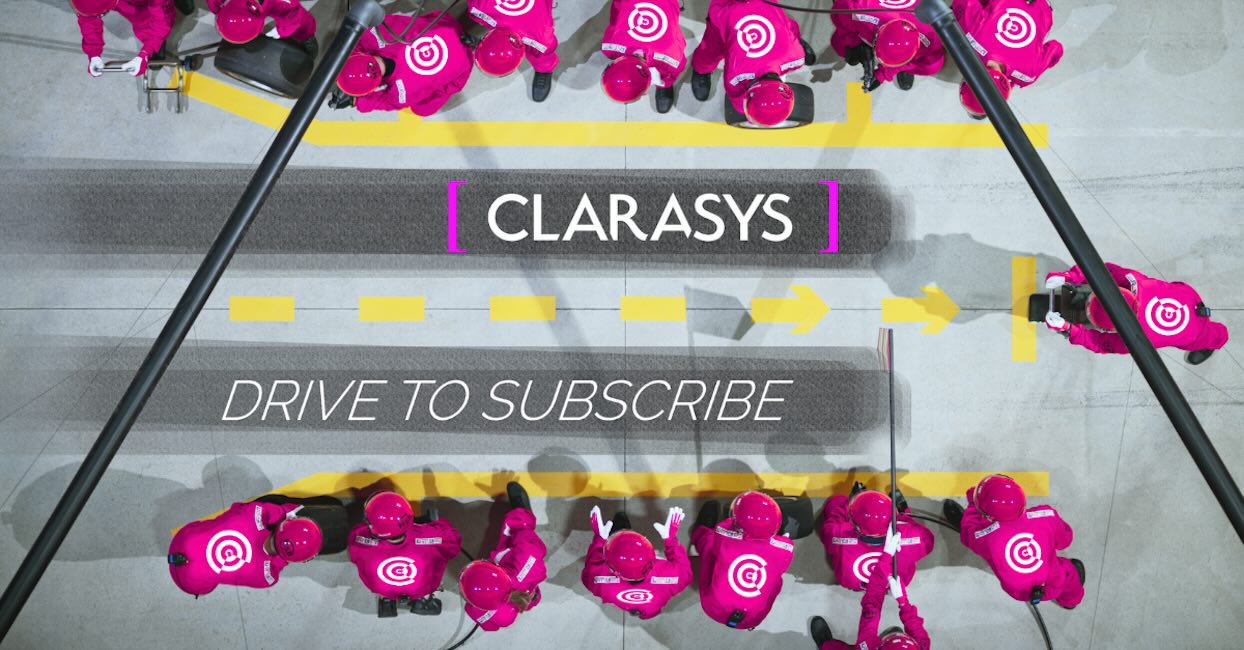A digital transformation can be complex when the organisation in question has a fractured structure.
A guide to digital transformation in a fractured business structure
A guide to digital transformation in a fractured business structure
A digital transformation can be complex when the organisation in question has a fractured structure.

A digital transformation can be complex when the organisation in question has a fractured structure. In this situation, there are invariably localised processes and technology which can mean duplication, inefficiency, and siloed working.
In practice, a fractured structure displays its cracks when, for example, more than one person from the organisation phones a client. Or, different versions of similar software exist within the business and vital information is difficult to find.
We have seen this scenario numerous times. Often the problem starts because a product has been launched quickly, or a new business has been acquired. Here are a few of the comments we’ve heard that really illustrate the problems faced by businesses.
“Sometimes I go to a client and I’m embarrassed because I didn’t know they were having contractual issues with another product area.”
“We wish we had spent more time simplifying the business before we started building technology.”
“Every region has a different agenda and getting agreement on a single approach to anything is very challenging.”
No one is to blame in any of these situations. They are the understandable result of expansion, specific targets, and M&A activity.
If you’re in this situation, what’s the best thing to do?
8 tips on how to undergo a digital transformation in a fractured business structure
-
Make sure everyone understands that the objective is to transform
Don’t fall into the trap of rebuilding what you have today, just in one place. Get exec sponsorship for transformation and for doing it iteratively, with an outcome-driven approach.
-
Take a customer lens
Start with an assessment of your existing customers and your target customers. There may be less of an immediate problem than first appears if customers only take certain products and there is little overlap between different parts of your organisation. That could also signal there is a white space cross-sell opportunity to pursue.
Make sure you understand spend and usage patterns, share of wallet, lifetime value and the factors that influence this. Use data to drive your decision making.
-
Decide what and how you want to serve your customers
For each of the segments you’ve defined in 1), discover what and how your customers would prefer to be served. There might be a new product or a different value proposition. Then, make an intentional decision about how to serve your customers. They may all say they want heavy face-to-face contact, but does that work for your P&L for the smallest customers? Some of your biggest customers may want digital touchpoints for some parts of their journeys and not for others. Design journeys that meet your needs and those of your customers.
-
Decide what needs to be complicated for a good reason
We often encounter requirements from clients that turn out to be extremely complicated. When we ask for the rationale, it’s based on the way the business has always operated, or upon the understanding that a different department needs something. For example, “We discovered that a report which took three days to write wasn’t really used by the CFO – they just glanced at it.” That’s not a good reason. But maybe your products are complicated, have lots of options, and the ability to customise to the exact need of the client is a differentiator. Perhaps the installation process is complicated as it involves lots of different parties.
Accept that it is complicated (and potentially complex), and designed to accept that. Don’t attempt to simplify when it is a differentiator.
-
Consider how the organisation might need to change in order to serve the vision for customers
Now that you know what you want to sell, how you want to sell it, and where it can be complicated, design an organisation to support that model. Is it going to be product or customer-centric? Will it be the same for all sizes of customers? Make sure that you test it against your customer lens and your decisions from 2) and 3) above.
-
Consider your options around technology
You may well have an existing technology stack. How does that map onto the capabilities you’ve defined and the organisation model? Don’t assume that you need one view of all the customers – you may have defined very different customer segments in 1). Different segments may be best supported by different technology sets. Make this an intentional choice again.
-
Think about how to prioritise and deploy change
What balance of risk and reward is appropriate for your roadmap? Where will you lose if you don’t act and where will you win if you do? All business transformation projects are challenging, more than 70% fail. Assume you are going to fail and choose the place with the best possible factors for success. Don’t go big bang – there are too many stakeholders to convince and it will take longer than you initially expect. Once you are live in one area and people see the benefits, they will follow.
-
Do just enough design up front
Adopt an agile delivery model, but make sure you’ve done just enough design to give people a vision of where they’re going. Don’t do too much, as that’s a major factor in project failure and you want to leverage best practice from your technology vendors. Invest in architecture and follow patterns. Don’t be afraid of regret spend if it’s clear that a solution will not fit for everyone. Use a simple solution that works for the problem at hand and accept that it will need to be revisited later (especially if it is one of the complicated areas). You’ll learn more from being live than from trying to define everything in advance.
The problems experienced within fragmented organisations don’t repair themselves. They can be exacerbated when additional targets or objectives are built on something that wasn’t meant to be strategic in the first place. It’s important to remember during this journey that you must take a customer-focused and agile approach to transformation. By prioritising activity based on customer needs and necessary complexity, you can make inroads remarkably quickly. Fast learning based on being in production will help you reduce failure and build momentum throughout your organisation’s transformation journey.
This post was originally written by: Matt Austin

